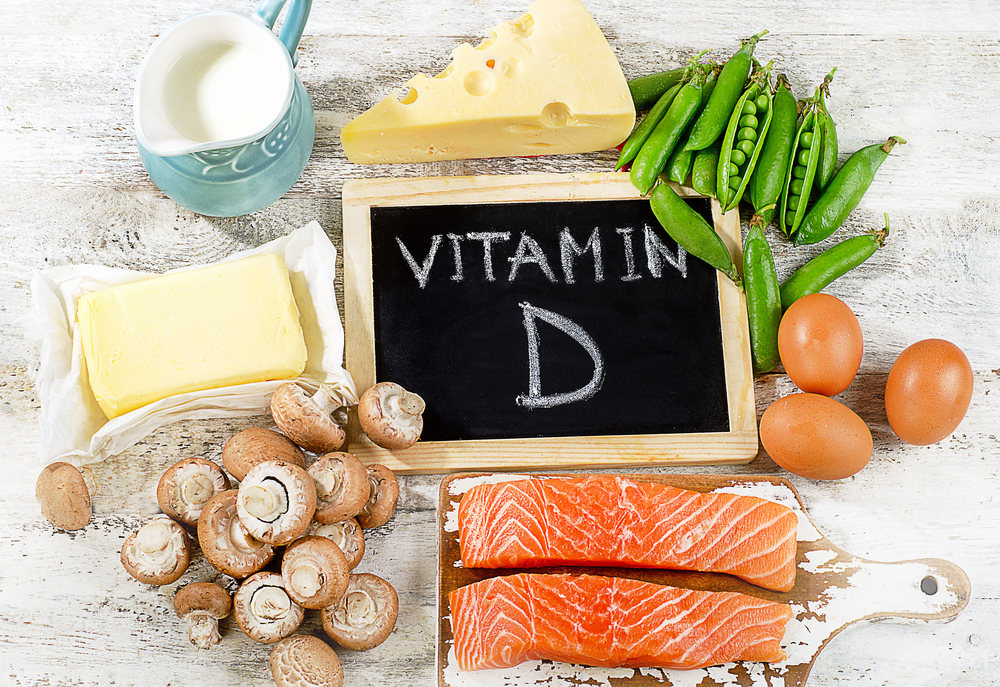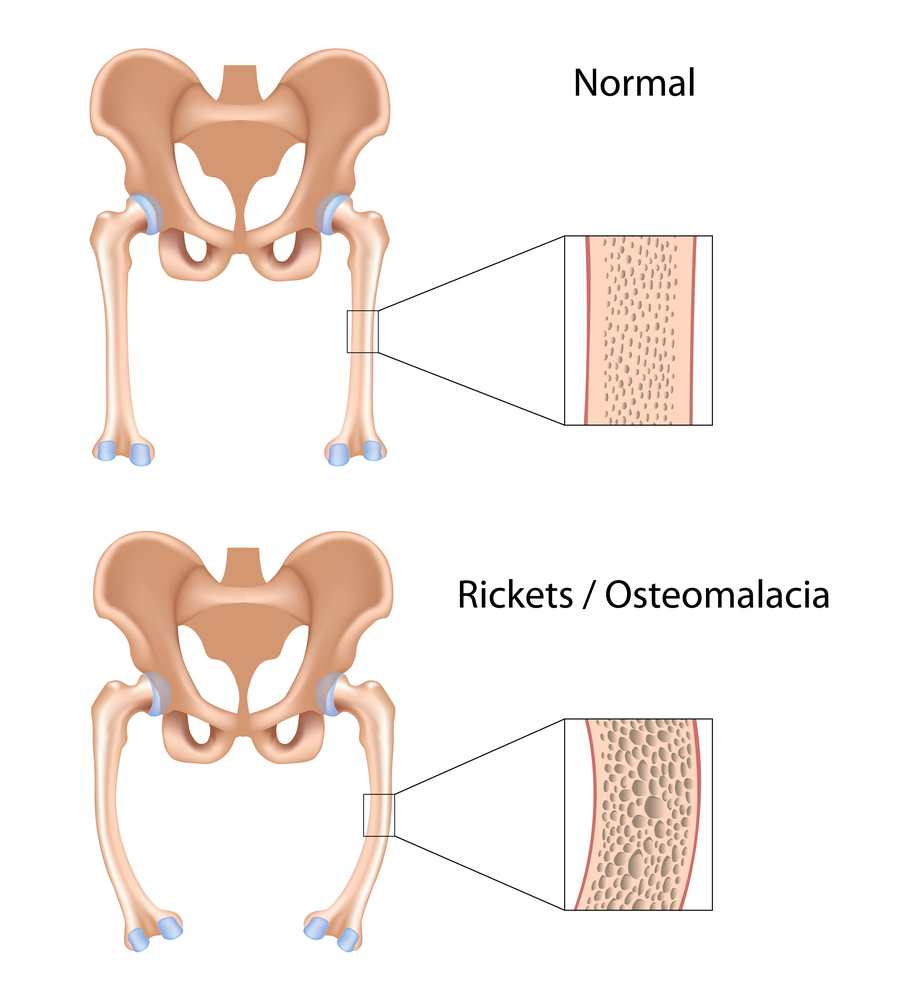So, on this rainy day in February I started to think about when will we see some sunshine? This then led me on to thinking about the importance of Vitamin D and the overall health benefits it provides.
Public Health England advises to protect bone and muscle health, everyone needs vitamin D equivalent to an average daily intake of 10 micro grams. This advice is based on the recommendations of the Scientific Advisory Committee on Nutrition (SACN) following its review of the evidence on vitamin D and health.
Public Health England’s (PHE) latest installment was released in December 2019 from the National Diet and Nutrition Survey (NDNS) rolling programme for years 1-9, with data being collected from 2008 to 2017. This UK-wide survey provides the most comprehensive data on diet, nutrient intake and nutritional status for a range of ages and across the social strata. The new report assesses trends over time and across household income groups, highlighting some welcome progress, but also areas for significantly more improvement.
A particular focus of the report was vitamin D status. The NDNS collects data throughout the year, and so seasonal effects can be examined. For all age / sex groups, average Vitamin D (25-OHD) were lowest in January to March, with 19% of children aged 4 to 10 years, 37% aged 11 to 18 years and 29% of adults had 25-OHD below the deficiency threshold. To my mind, this data confirms concerns about vitamin D, and accentuate the need for seasonal vitamin D supplementation.
Vitamin D is a fat-soluble nutrient. It is one of the 24 micronutrients critical for human survival. The sun is the major natural source of the nutrient, but vitamin D is also found naturally oily fish such as salmon, mackerel, herring and sardines, as well as red meat and eggs. Vitamin D is also added to all infant formula milk (by law), as well as some breakfast cereals, fat spreads and non-dairy milk alternatives. The amounts added to these products can vary and may only be added in small amounts.

Another source of vitamin D is dietary supplements.
We need vitamin D to help the body absorb calcium and phosphate from our diet. These minerals are important for healthy bones, teeth and muscles.
The body produces vitamin D from cholesterol, provided there is an adequate amount of UV light from sun exposure. In the UK we get most of our vitamin D from sunlight exposure from around late March/early April to the end of September. Our body creates vitamin D from direct sunlight on our skin when we’re outdoors. From about late March/early April to the end of September, most people should be able to get all the vitamin D we need from sunlight.
There is only a sufficient amount of UV light coming from the sun when the UV index is 3 or higher, which only occurs year-round near the equator, between the 37th parallels.
In the UK, sunlight doesn’t contain enough UVB radiation in winter (October to early March) for our skin to be able to make vitamin D.
During these months, we rely on getting our vitamin D from food sources (including fortified foods) and supplements.
Using sunbeds isn’t a recommended way of making vitamin D
Most people are not deficient in vitamin D, but they do not have an optimal level of vitamin D either. Due to the many health benefits of vitamin D, supplementation is encouraged if optimal levels are not present in the body.
A lack of vitamin D, known as vitamin D deficiency, can cause bones to become soft and weak, which can lead to bone deformities.
In children, for example, a lack of vitamin D can lead to rickets. In adults, it can lead to osteomalacia, which causes bone pain and tenderness.

How long should we spend in the sun?
Most people can make enough vitamin D from being out in the sun daily for short periods with their forearms, hands or lower legs uncovered and without sunscreen from late March or early April to the end of September, especially from 11am to 3pm.
It’s not known exactly how much time is needed in the sun to make enough vitamin D to meet the body’s requirements.
This is because there are a number of factors that can affect how vitamin D is made, such as your skin colour or how much skin you have exposed.
But you should be careful not to burn in the sun, so take care to cover up or protect your skin with sunscreen before your skin starts to turn red or burn.
So what does this all mean?
PHE advises that in spring and summer, the majority of the population get enough vitamin D through sunlight on the skin and a healthy, balanced diet. During autumn and winter, everyone will need to rely on dietary sources of vitamin D. Since it is difficult for people to meet the 10-micro-gram recommendation from consuming foods naturally containing or fortified with vitamin D, people should consider taking a daily supplement containing 10 micro-grams of vitamin D in autumn and winter.
People whose skin has little or no exposure to the sun, like those in institutions such as care homes, or who always cover their skin when outside, risk vitamin D deficiency and need to take a supplement throughout the year. Ethnic minority groups with dark skin, from African, Afro-Caribbean and South Asian backgrounds, may not get enough vitamin D from sunlight in the summer and therefore should consider taking a supplement all year round.
Children aged 1 to 4 years should have a daily 10 micro-gram vitamin D supplement. PHE recommends that babies are exclusively breastfed until around 6 months of age. As a precaution, all babies under 1 year should have a daily 8.5 to 10 micro-gram vitamin D supplement to ensure they get enough. Children who have more than 500ml of infant formula a day do not need any additional vitamin D as formula is already fortified.
Your body can’t make vitamin D if you’re sitting indoors by a sunny window because ultraviolet B (UVB) rays (the ones your body needs to make vitamin D) can’t get through the glass.
Falls in the over 60s
Whilst reading the literature for this newsletter I was reminded of a health claim that can be applied to pack with relation to Vitamin D and falls and the over 60s.
Anyone can have a fall, but older people are more vulnerable and likely to fall, especially if they have a long-term health condition.
Falls are a common, but often overlooked, cause of injury. Around 1 in 3 adults over 65 who live at home will have at least one fall a year, and about half of these will have more frequent falls.
Most falls do not result in serious injury. But there’s always a risk that a fall could lead to broken bones, and it can cause the person to lose confidence, become withdrawn, and feel as if they have lost their independence.
Falls can be caused by a number of reasons such as illness, weakness or balance issues, low blood pressure etc. Recent research has found the beneficial effect of supplementing with Vitamin D and the reduction of falls.
The meta-analysis found the risk of falls in the elderly (and subsequently, rate of bone fractures) appears to be significantly reduced with Vitamin D supplementation at 700 IU or greater, with most research in the 700-1000 IU range. Lower doses do not appear effective, and a greater protective effect appears to exist alongside calcium supplementation (and possibly Vitamin K supplementation)
Although only lower doses have been recommended until further research is completed. Vitamin D helps to reduce the risk of falling associated with postural instability and muscle weakness. This claim may only be used only for food supplements which provide at least 15 μg of vitamin D per daily portion. Information shall be given to the consumer that the beneficial effect is obtained with a daily intake of 20 μg of vitamin D from all sources. For food supplements with added vitamin D the claim may be used only for those targeting men and women 60 years and older.
Before taking any supplements or changing the way you eat please consult a health care professional
